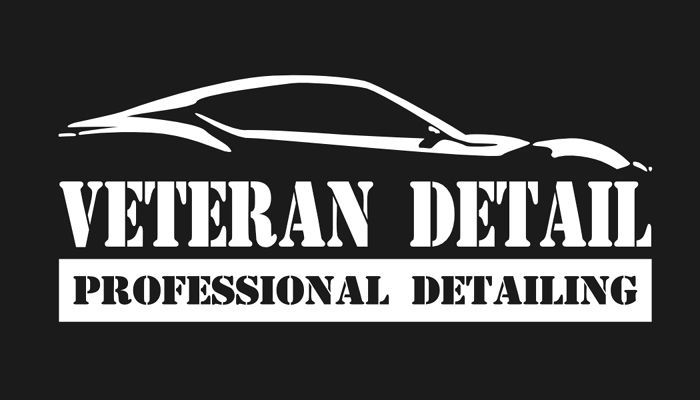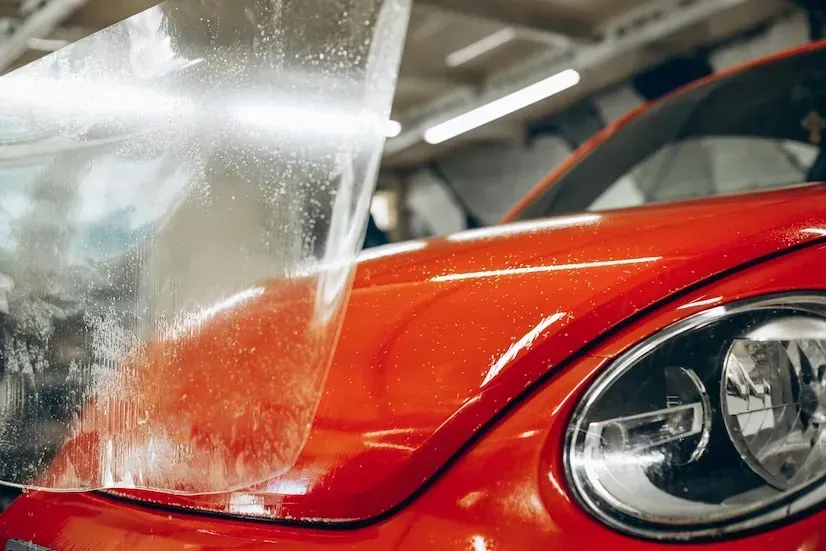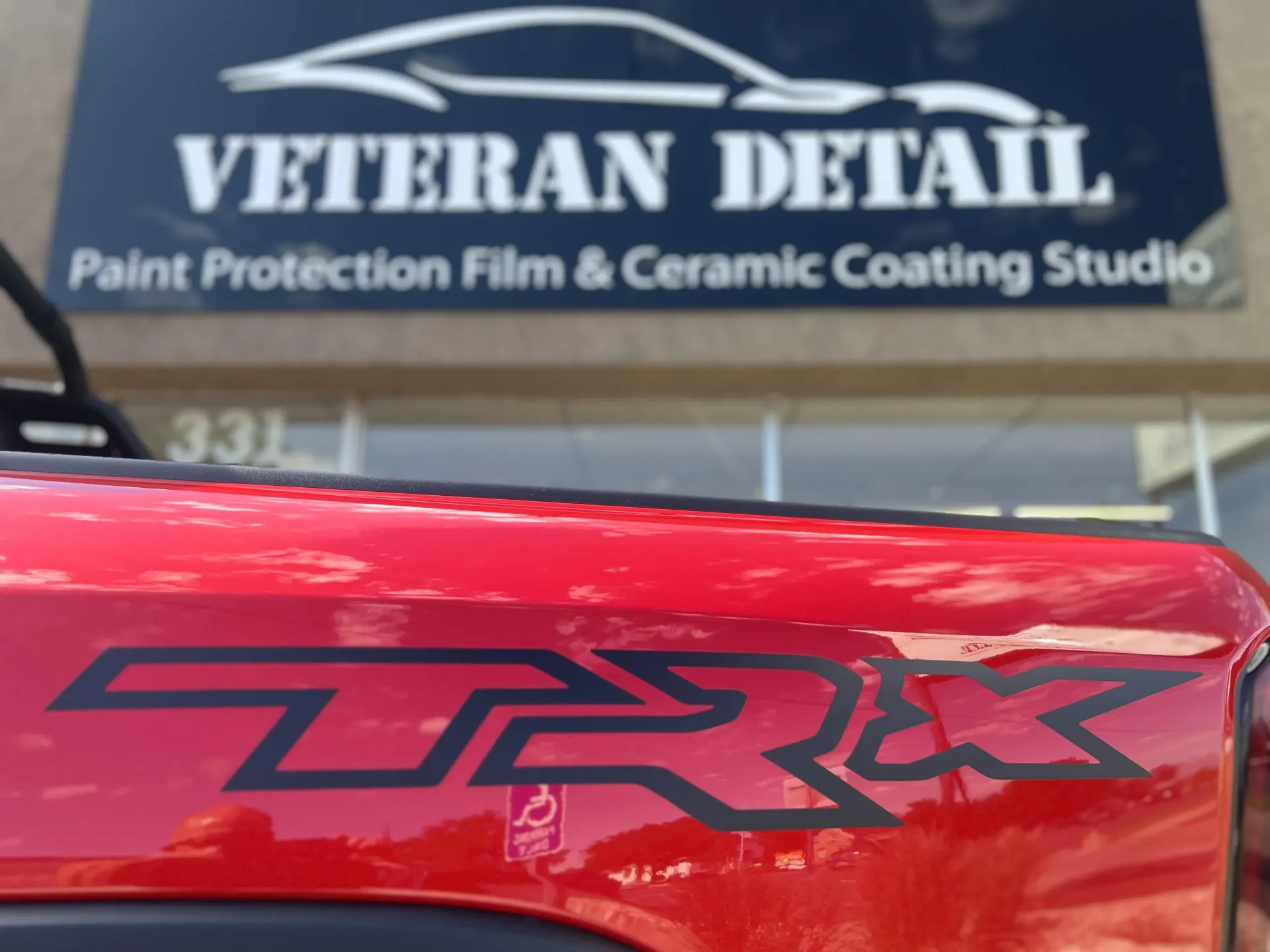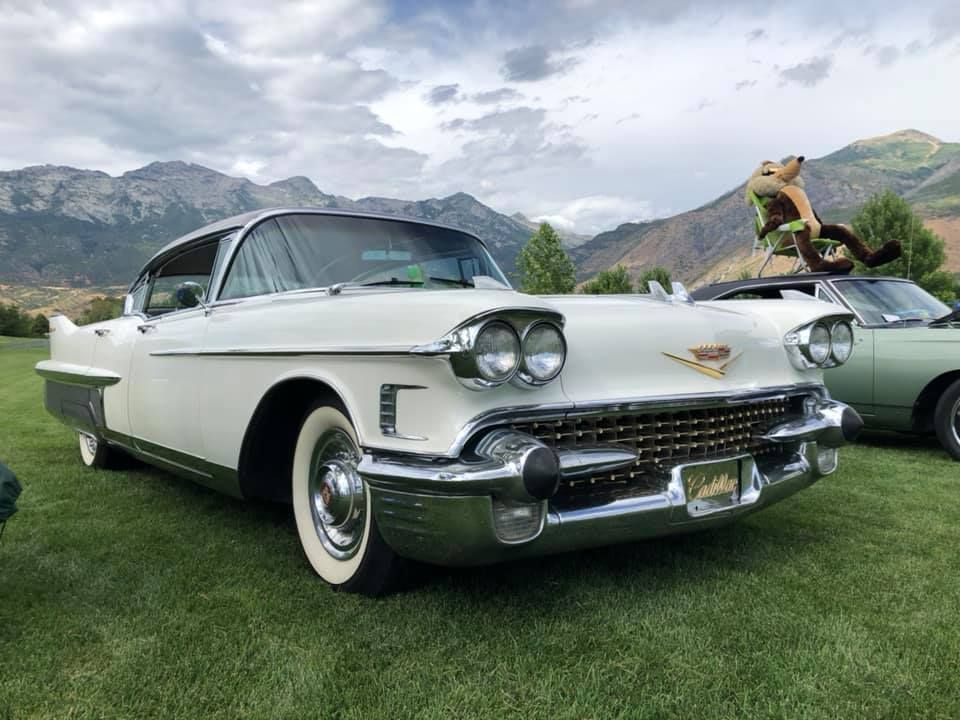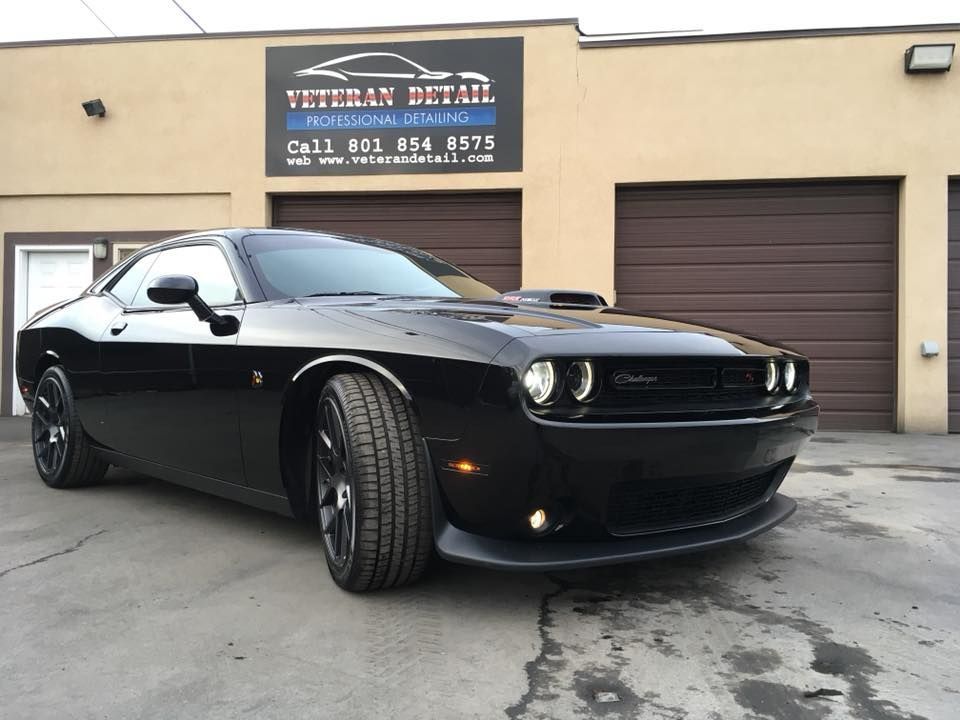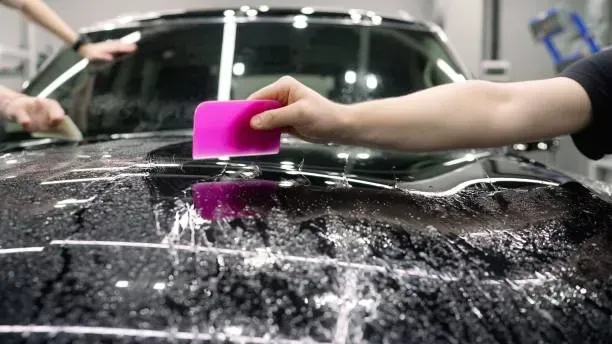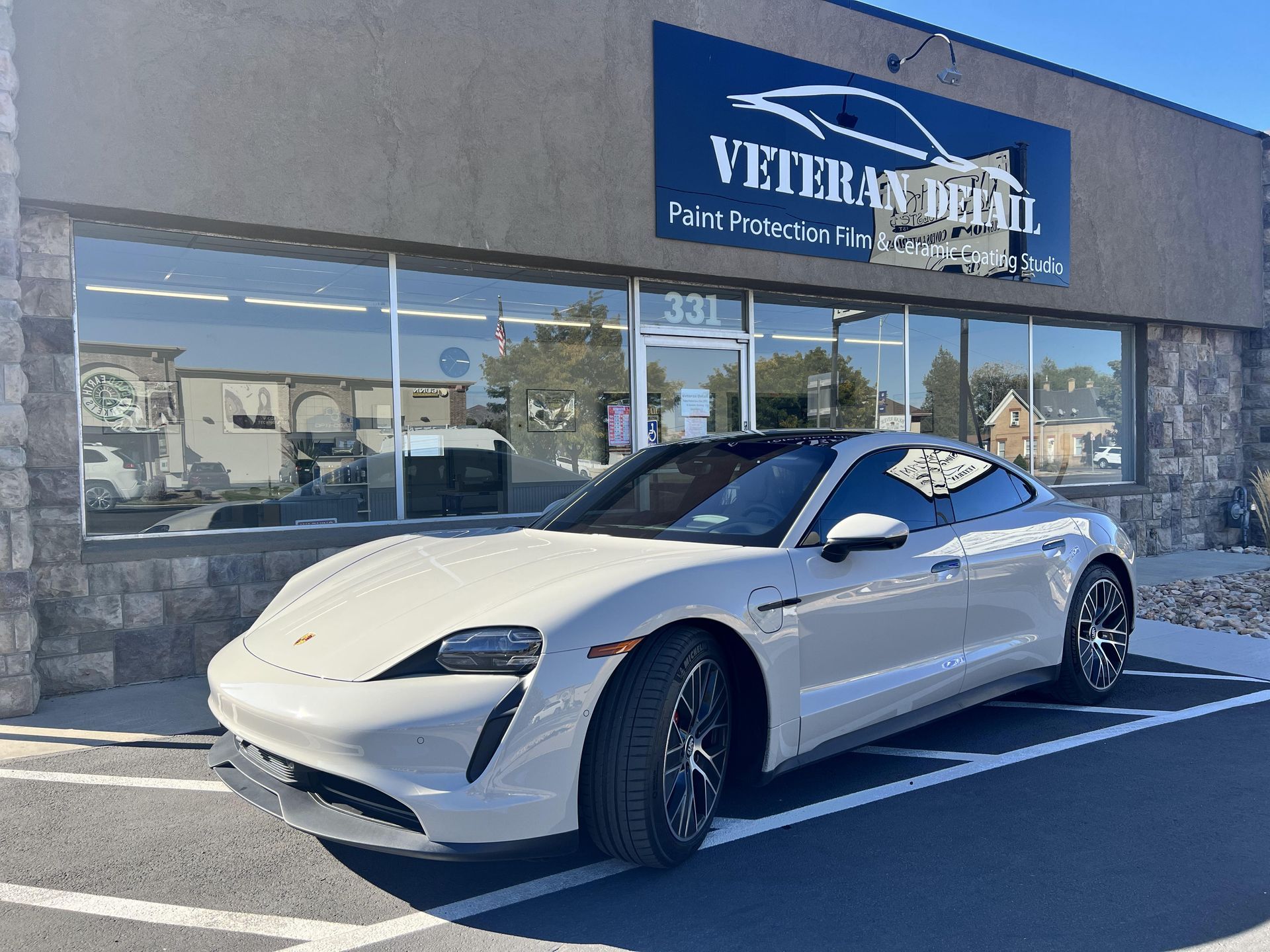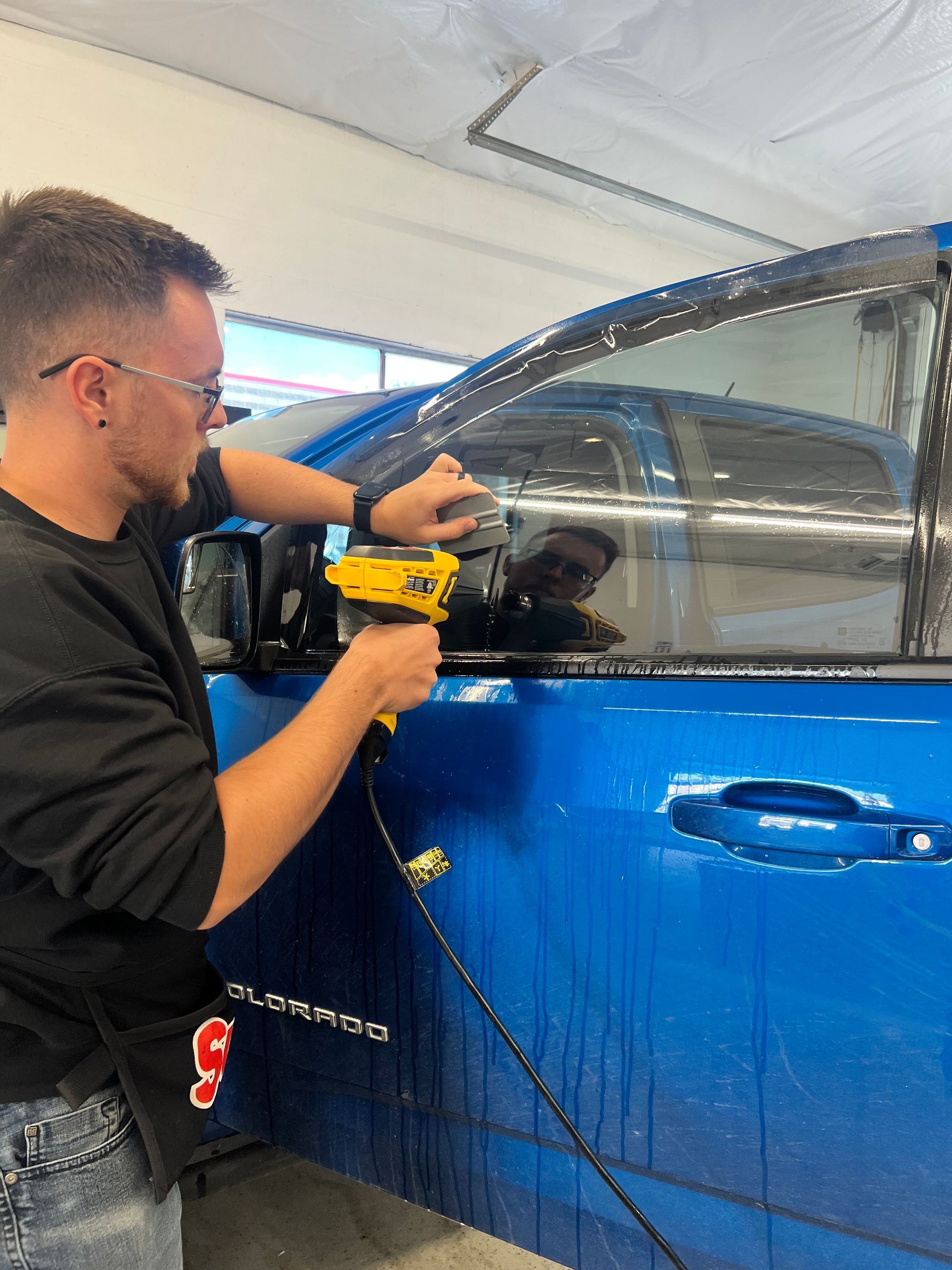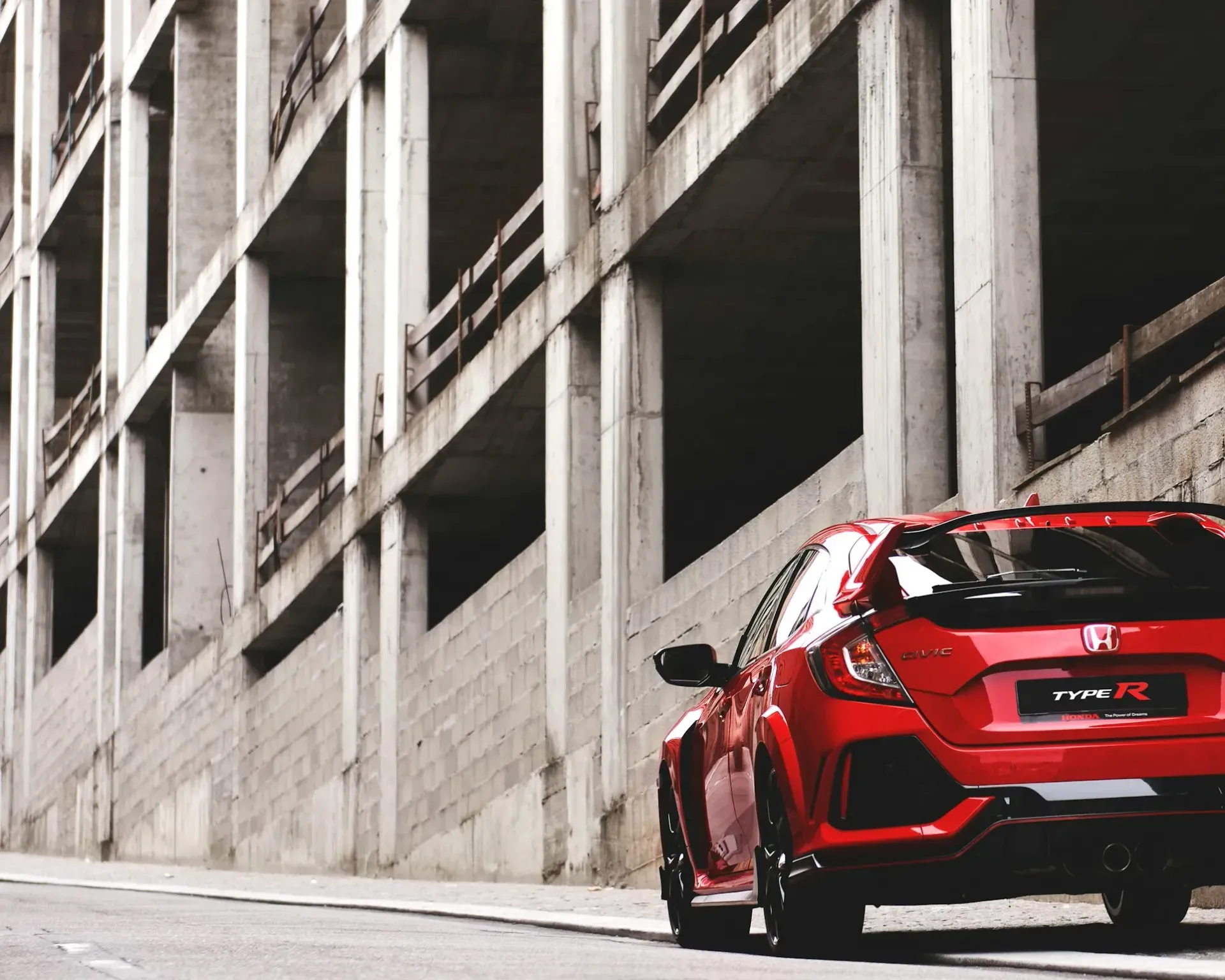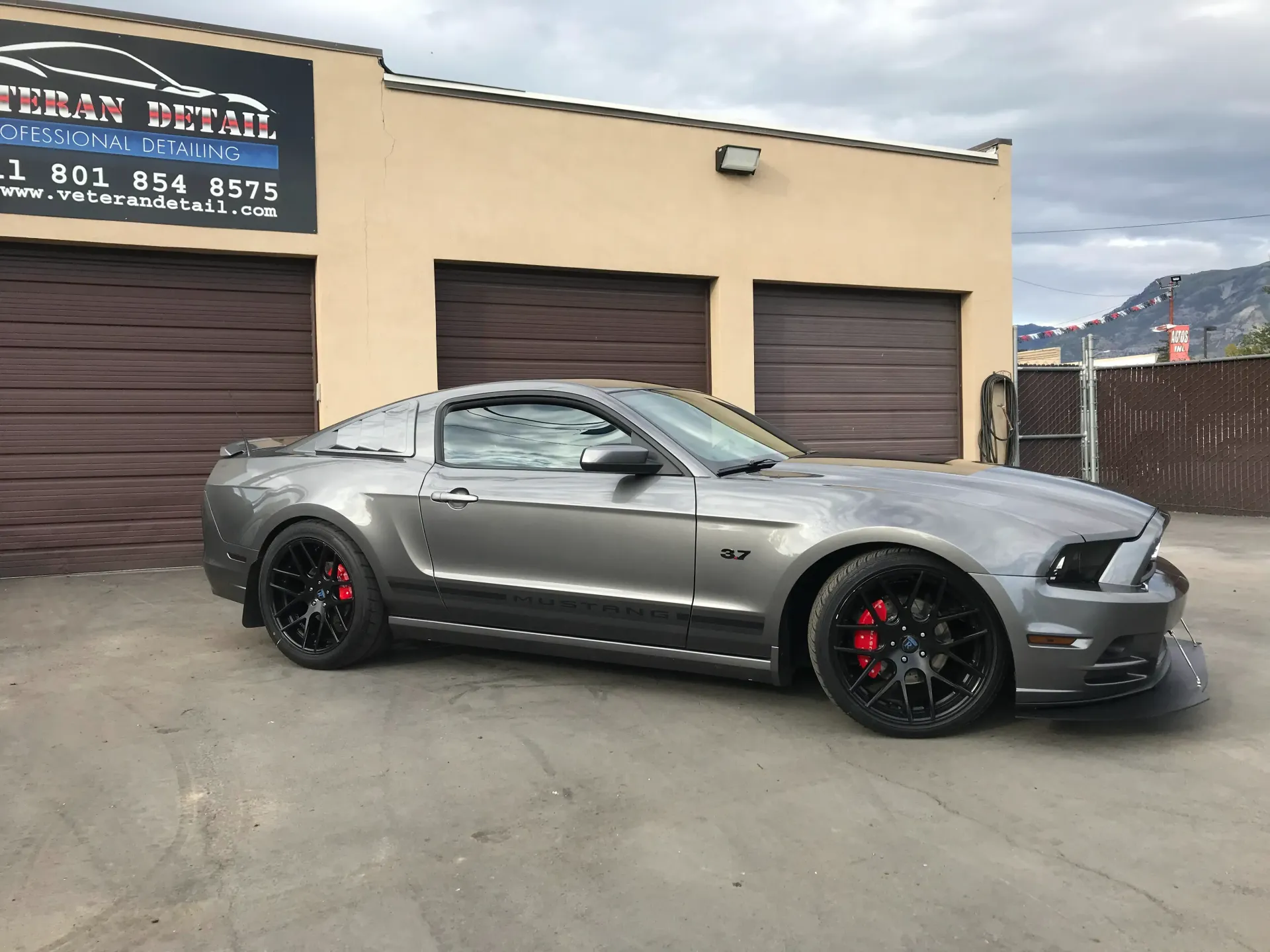
Why Paint Protection Film is Essential for Cars in Utah
Utah is a beautiful state with rugged mountains, scenic roads, and harsh weather conditions. But if you’re a car owner, you know that driving here can take a serious toll on your vehicle’s paint. Road salt, gravel, and intense UV rays are just some of the factors that can damage your car’s exterior over time.
That’s where Paint Protection Film (PPF) comes in. This clear, durable film acts as a shield, protecting your car from scratches, chips, and fading. In this blog, we’ll explore why PPF is an essential investment for drivers in Utah and how it keeps your car looking great while saving you money on repairs.
The Challenges Utah Cars Face
Driving in Utah means dealing with a mix of conditions that can wreak havoc on your car’s paint. Here are the most common challenges:
Harsh Winters and Road Salt
Utah winters bring snow and ice, which means roads are heavily salted to keep them safe. But that salt is corrosive. It doesn’t just eat away at metal—it can damage your car’s paint, causing it to peel or crack over time.
Intense UV Rays in the Summer
During the summer, Utah experiences high UV levels that can fade your car’s paint and make it look dull. Prolonged sun exposure can also dry out and weaken the clear coat, leaving your car vulnerable to further damage.
Gravel and Debris
Driving through Utah’s mountainous areas or construction zones means gravel and loose rocks are everywhere. These small projectiles can cause chips and scratches that ruin your car’s appearance and lower its resale value.
Each of these factors may seem minor at first, but over time they can lead to costly repairs. Without proper protection, your car is constantly at risk.
What is Paint Protection Film (PPF)?
Paint Protection Film (PPF) is a clear, durable film that is applied to your car’s exterior to protect the paint from damage. It acts like an invisible shield, safeguarding your vehicle from scratches, chips, and even harmful UV rays. The film is made from a high-quality urethane material, designed to be tough yet flexible, allowing it to withstand harsh conditions.
Why is PPF Important for Utah Drivers?
In Utah, the combination of road salt, gravel, and intense sunlight creates a perfect storm for damaging your car’s paint. PPF not only protects against these elements but also helps maintain your car’s appearance and value. For Utah drivers, it’s a practical investment to ensure your vehicle stays in great condition, no matter where you drive.
How PPF Protects Against Utah’s Specific Conditions
Utah’s unique environment presents a variety of challenges for your car’s exterior, but Paint Protection Film (PPF) is built to handle them all. Here’s how:
Protection Against Road Salt
During the winter months, road salt is everywhere, and while it helps keep roads safe, it’s corrosive to your car’s paint. PPF acts as a barrier, preventing salt from reaching your car’s surface. This means no peeling, no cracking, and no corrosion—just a smooth, protected finish all winter long.
UV Ray Shielding
Utah’s summers bring intense sunlight, and the UV rays can fade your car’s paint over time. PPF blocks UV rays, preserving your car’s vibrant color and preventing damage to the clear coat. Whether parked or driving, your car stays protected from the sun.
Defending Against Gravel and Debris
Utah’s mountainous terrain and construction zones mean gravel and loose debris are common hazards. These small rocks can chip your paint, leaving unsightly marks. PPF absorbs the impact of gravel and debris, ensuring your paint stays scratch-free, even on the toughest roads.
By addressing these specific challenges, PPF provides year-round protection, making it a must-have for Utah drivers.
Why PPF is a Better Investment Than Alternatives
When it comes to protecting your car’s paint, you have a few options: ceramic coating, waxing, or Paint Protection Film (PPF). While each has its benefits, PPF stands out as the best long-term solution, especially for Utah’s harsh conditions. Here’s why:
Durability
Wax and ceramic coatings offer some protection, but they don’t compare to PPF’s toughness. PPF is designed to withstand physical damage, such as gravel impacts, which wax or ceramic coatings cannot handle.
UV and Corrosion Resistance
While ceramic coatings offer UV protection, PPF combines UV shielding with physical protection, making it more versatile. Wax, on the other hand, offers minimal UV protection and no defense against scratches or road salt.
Cost-Effectiveness
Although PPF has a higher upfront cost, it saves you money in the long run. By protecting your car from chips, scratches, and fading, you avoid costly repairs and maintain your car’s resale value. Wax and ceramic coatings may require frequent reapplications, adding to their overall cost over time.
Low Maintenance
PPF is practically maintenance-free. Unlike wax, which needs regular application, or ceramic coatings that require specific care, PPF is a “set it and forget it” solution. A quick wash is all it takes to keep it looking great.
For Utah drivers who face extreme weather and road hazards, PPF is simply the most reliable and cost-effective way to keep your car in top shape.
Choosing the Right PPF Installer in Utah
Selecting the right Paint Protection Film (PPF) installer is just as important as the film itself. A poorly installed PPF won’t provide the protection you need and could even damage your car’s appearance. Here’s how to make the best choice:
Look for Certified Professionals
Choose an installer who is certified by top PPF brands like 3M or XPEL. Certification ensures they’ve been trained to apply the film correctly, providing a flawless finish that lasts.
Check Experience and Reviews
Find a local installer with a proven track record. Look for customer reviews or testimonials from drivers in Utah who have faced similar challenges, such as gravel damage or road salt corrosion.
Understand the Materials They Use
Not all PPF films are created equal. High-quality options, like self-healing films, provide better durability and clarity. Ask your installer about the specific materials they use and ensure they’re suited for Utah’s unique conditions.
Choose a Local Expert
Local installers understand the challenges Utah drivers face. They’re more likely to recommend the right type of PPF for your needs, ensuring your car is protected from UV rays, road salt, and gravel.
By choosing a trusted professional, you’ll get a
perfect application, longer-lasting results, and peace of mind knowing your car is protected.
Protect Your Car with PPF Today
Driving in Utah means facing harsh winters, intense UV rays, and gravel-covered roads—all of which can damage your car’s paint. Paint Protection Film (PPF) is the ultimate solution, offering year-round defense against these elements. It’s durable, low-maintenance, and keeps your car looking great while maintaining its value.
If you’re ready to invest in long-lasting paint protection, trust the experts at Veteran Detail. Serving Utah County and nearby cities like American Fork, Pleasant Grove, Orem, Provo, Alpine, Highland, Lehi, and Saratoga Springs, they specialize in PPF installation, ceramic coating, car detailing, and more.
Don’t wait for road salt, UV rays, or gravel to take a toll on your car. Contact Veteran Detail today and give your car the protection it deserves!
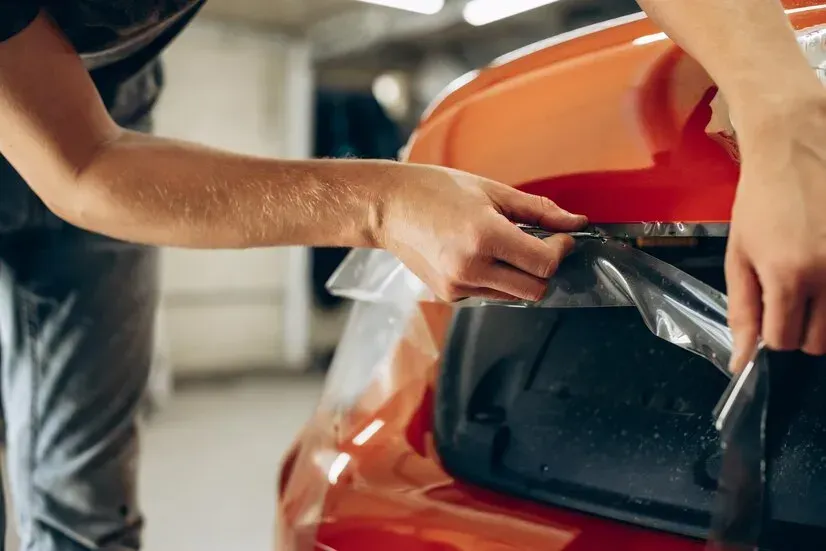
WHAT OUR CUSTOMERS HAVE TO SAY.
At
Veteran Detail we pride ourselves on providing outstanding Customer Service, and our ability to put right every little detail.
IS YOUR VEHICLE IN NEED OF SOME ATTENTION?
Book your next Detailing Requirements with
Veteran Detail. We are sure you will not be disappointed.
We have Packages to suit all your requirements Large or Small.
CALL 801–854–8575 TODAY
Contact Us
We will get back to you as soon as possible
Please try again later
331 W Main Street,
American Fork,
Utah
TEL:
801 – 854 – 8575
FAX: 801 – 756 – 6805
Timings
Detail/Shop Hours
- Mon - Fri
- -
- Saturday
- -
- Sunday
- Closed
Quick Menu
